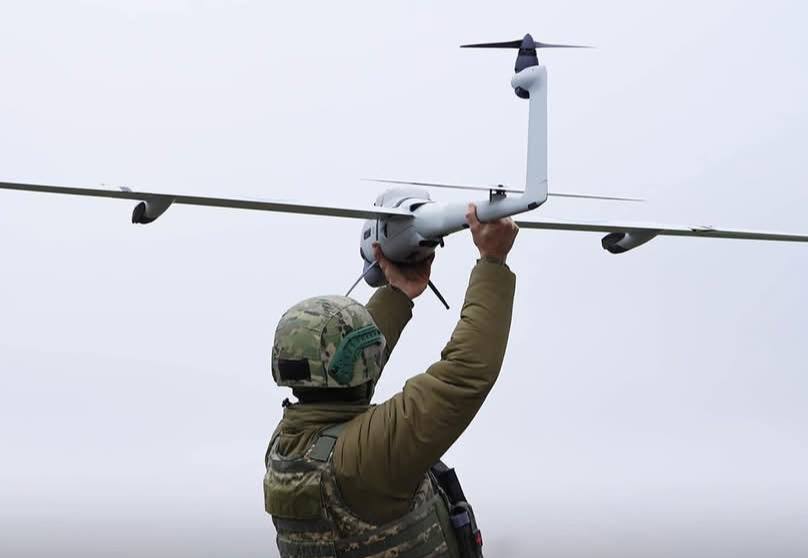The daily bombardment of Ukrainian cities and battlefield dynamics tells a starker story than diplomatic calendars suggest.
Russia doubles down on military solution
On 30 July, as President Trump threatened new tariffs against Moscow, Kremlin spokesperson Dmitry Peskov delivered a telling response: Russia has developed “certain immunity” to sanctions and no longer fears additional economic restrictions.
However, the real indicator of Russian intentions sits buried in draft legislation submitted to the State Duma. The proposal would replace traditional spring and autumn conscription cycles with year-round conscription — a move opposition Russian media trace directly to a confidential order from Vladimir Putin. This gives the proposal a strong chance of passing as early as this autumn.
The timing exposes Moscow’s calculation.
With Russian battlefield losses surpassing one million soldiers killed, wounded, and missing, the Kremlin needs constant replenishment without formally declaring mobilization.
The apparent goal of the draft law is to increase pressure on conscription-age citizens and push them toward signing contracts with the Russian Armed Forces. Human rights advocates and activists warn that such year-round conscription would allow the state to keep men under constant mobilization surveillance, enabling rapid replenishment of army ranks without formally declaring mobilization.
The numbers behind Russia’s war machine
Ukraine’s Commander-in-Chief Oleksandr Syrskyi reported that, as of late June, approximately 695,000 Russian troops, including operational reserves, were engaged in the war against Ukraine. Over the past year alone, over 440,000 contract soldiers have joined Russia’s ranks.
At the same time, Russia continues forced conscription in temporarily occupied Ukrainian territories and is actively recruiting foreigners.
Despite recent Ukrainian advances in the Sumy region — where several settlements were successfully liberated from Russians — the situation in Donetsk region remains critical, mainly due to the overwhelming concentration of Russian forces there.
This systematic expansion suggests Moscow views the conflict as a war of attrition that it can win through numerical superiority.
Ukraine’s strategic calculation for long-term conflict
Therefore, people in Ukraine do not believe in the prospects of lasting peace with Russia soon. On the contrary, Ukrainian authorities indicate that Russia’s main goal for 2025 is to fully capture the remaining parts of Donetsk and Luhansk regions, and by 2026, build on the success east of the Dnipro River, including an attempted occupation of Odesa and Mykolaiv, thereby cutting Ukraine off from the sea entirely.
This timeline explains why Kyiv does not believe in a lasting peace with Russia without security guarantees, nor in the effectiveness of any negotiations about Ukraine conducted without Ukraine. On 9 August, President Volodymyr Zelenskyy emphasized that Ukraine is ready for real steps that could lead to peace, but no agreements “against Ukraine and without Ukraine” can be considered peaceful. At the same time, he stressed that Kyiv, together with international partners, is ready to seek ways to achieve a genuine and lasting peace “that will not collapse due to Moscow’s ambitions.”
Ukraine’s position, particularly regarding the inviolability of international borders, was supported in a joint statement by the leaders of Denmark, Iceland, Sweden, Norway, Finland, Latvia, Lithuania, and Estonia. The leaders of the Baltic and Northern European countries also stated that “negotiations can only take place in the context of a ceasefire.”
Ukraine’s asymmetric response strategy
In response, Ukraine’s military and political leadership is actively seeking ways to strengthen national defense. Given that Ukraine’s mobilization reserve is significantly smaller than Russia’s, Kyiv is focusing on military innovation and asymmetric responses to Russian aggression.
In particular, drones’ success on the battlefield led to the creation of the world’s first Unmanned Systems Forces, which use aerial, naval (both surface and underwater), and ground-based drones in combat operations.
Alongside the general mobilization announced after the full-scale invasion, Ukraine has also introduced a voluntary recruitment pathway.
This allows citizens to apply directly to specific units or branches of service and choose roles based on their skills and interests.
Despite calls from some international partners to lower Ukraine’s mobilization age from 25 to 18 to replenish the ranks with younger personnel, Kyiv has chosen a different approach. Young people aged 18 to 24 can voluntarily join the Defense Forces through a special contract program, gaining financial and social benefits in exchange for one year of military service, which includes mandatory combat deployment. At the same time, enlistment is only possible in specific units and for certain specialties.
As of 30 July, this “18-24” contract program has been expanded to include specialists in unmanned systems — not just aerial drone operators, but also technicians working with ground-based robotic platforms. This version of the contract entails 24 months of service, with at least 12 months of direct combat involvement.
Financial commitment to extended warfare
At the same time, Ukraine continues efforts to improve mobilization efforts and increase voluntary enlistment in the face of Russia’s ongoing summer offensive. On 31 July, the Ukrainian government announced an additional ₴412.4 billion (about $10 billion USD) in defense and national security funding. Of this, ₴115 billion ($2.7 billion) is earmarked for military personnel salaries, while ₴216 billion ($5.1 billion) will fund the procurement and production of weapons, military equipment, drones, etc.
In fact, Ukraine has been running a program for the decentralized procurement of drones and other important battlefield equipment since last year, and thanks to its implementation, the effectiveness of striking the enemy has increased by 40%. In addition, a decision was made to increase vacation time for service members — an initiative personally proposed by President Zelenskyy, according to Deputy Head of the Presidential Office, Colonel Pavlo Palisa.
Kyiv continues to refine its mobilization strategies and strengthen its army support systems.
What this means for Western policy
The gap between Western diplomatic timelines and Ukrainian military planning creates a fundamental policy challenge. While international partners hope for a negotiated resolution, both Moscow and Kyiv prepare for an extended conflict.
Despite some hopes for diplomatic success, the daily missile and drone attacks on Ukraine, the deaths of civilians, and the situation on the front lines show that Moscow is not interested in peace and is betting on victory by force.
Ukraine firmly maintains its position that it will neither give up its land nor exchange it for temporary agreements.
The only effective response to Russian aggression remains strengthening defense capabilities through enhancing the capacities of the Armed Forces of Ukraine, developing modern technologies, and the determination and unity of the international community, understanding that Russia responds only to the language of force.
Key takeaways for international partners:
- Peace talks must be based on respect for international law and Ukraine’s territorial integrity
- Russian “immunity” to sanctions requires more creative economic pressure
- Ukraine’s long-term defense investment needs sustained Western support
- Quick negotiated solutions remain unlikely while Russia believes in military victory
Editor’s note. The opinions expressed in our Opinion section belong to their authors. Euromaidan Press’ editorial team may or may not share them.
Submit an opinion to Euromaidan Press




